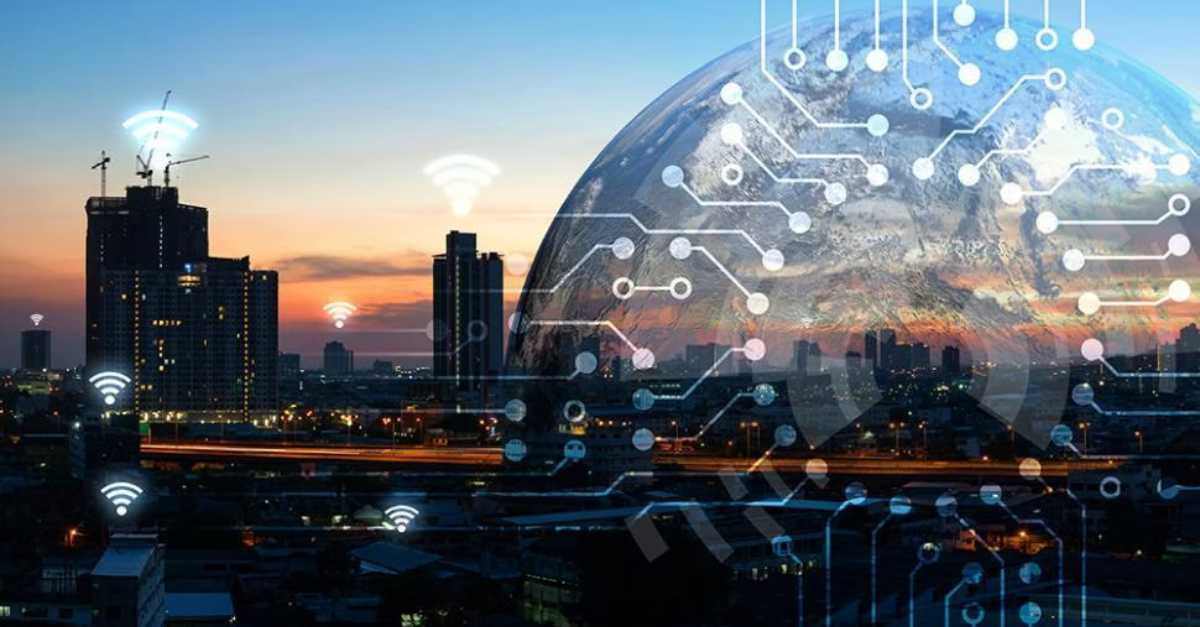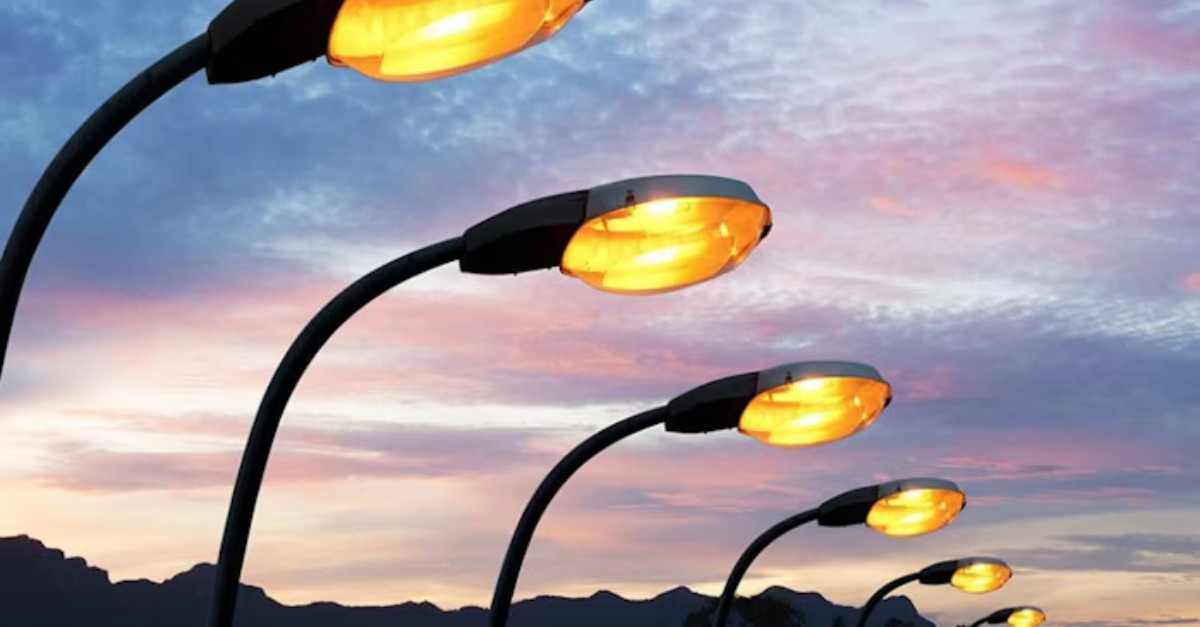
How IoT Remote Monitoring Can Improve Corporate Real Estate Facilities Management Systems
Learn how IoT remote monitoring can positively impact your facilities management systems.
Solutions
Solutions
Workplace Management Solutions
Real Estate Management Solutions
Maintenance Management Solutions
Energy Management Solutions
Engineering Document Management Solutions
Asset Management Solutions
Automate campus scheduling for classes, meetings, and exams with our EMS software.
Plan and manage conferences effortlessly with EMS software to impress guests and streamline operations.
Boost workplace flexibility and maximize space use with seamless desk and room booking.
Organize workplace or campus events smoothly, creating memorable experiences.
Optimize workspace, manage allocations efficiently, and reduce costs with our space management solutions.
Deliver projects on time and within budget by improving communication, collaboration, and efficiency with our software.
Streamline lease accounting for ASC 842, IFRS, and GASB compliance.
Manage leases efficiently by tracking key dates, analyzing costs, and ensuring compliance.
Centralize data and analytics for better insights, faster negotiations, and revenue growth.
Centralize facility and asset maintenance, automate work orders, and ensure compliance with our CMMS software.
Extend asset life, reduce downtime, and prevent costly repairs with data-driven monitoring.
Prevent equipment failures and extend asset life by detecting and addressing issues early.
Make sustainable, cost-efficient energy decisions by monitoring and optimizing power consumption.
Remotely monitor and control equipment with real-time data to predict issues, boost efficiency, and reduce downtime.
Easily share and collaborate on documents, creating a single source of truth for engineers and contractors.
Manage and analyze assets across their lifecycle to schedule maintenance, reduce downtime, and extend lifespan.
Improve visibility, automate work orders, and ensure compliance for efficient facility and asset management.
Resources
Browse our full library of resources all in one place, including webinars, whitepapers, podcast episodes, and more.
Support
Looking for access to technical support, best practices, helpful videos, or training tools? You’ve come to the right place.
About Accruent
Get the latest information on Accruent, our solutions, events, and the company at large.

Explore ways that IOT remote monitoring and identify how it is improving a variety of things in the public sector.
While some strides have been made in enhancing security and the software that ties it altogether, other areas remain somewhat untouched. In fact, on average, only 20% of an organization’s budget is allocated for innovation, according to "Top 6 Digital Transformation Trends in Government". Opportunities for embracing new technologies are surfacing daily.
Learn more about smart ways to improve with IoT remote monitoring. See how Accruent’s IoT remote monitoring solution can help you with sensor-based projects.
Depending on your community, parking spaces can be a coveted amenity. Smart parking means embedding sensors in or around parking spaces to identify whether the space is occupied or available. This data is sent to a platform, which creates a real-time parking map of the monitored area.
Smart cities not only benefit residents, but there could be a boost in tourism. How? Imagine visiting a new city and getting a mobile notification about what’s happening in that city, a new exhibit in a museum, a restaurant opening, or details on a family-friendly art festival. Public entities can control location-based push notifications to locals and tourists. These notifications are a perfect solution for the 65% of public service leaders who have made personalizing a citizen’s experience a priority, according to "Top 6 Digital Transformation Trends in Government".
Smart sensors can be installed to help monitor the progress on a variety of green initiatives. From encouraging more green transportation choices on high travel/commute days, avoiding water wastage by planting sensors in water pipes to detect leaks, or monitoring pollution levels and air quality, smart sensors can help shape a greener environment.
As one of the most expensive infrastructure assets for most public entities, cities are seeing immediate benefits from implementing smart street lighting. Replacing traditional fixtures with an energy-efficient alternative is great. Integrating technology is even better! For example, dynamic lighting, that adjusts for weather conditions or increases lighting in high-crime areas, shows how technology can shape a better infrastructure.
Understand the next steps in implementing IoT remote monitoring for HVAC, lighting, building management and more.
Learn how IoT remote monitoring can positively impact your facilities management systems.
IoT remote monitoring helps companies manage their assets remotely, in real-time, with devices and sensors that collect data and transmit it over the ...
Discover how integrating the power of IoT remote monitoring with optimizing space usage in the workplace can lead to significant cost savings for ...
Subscribe to stay up to date with our latest news, resources and best practices